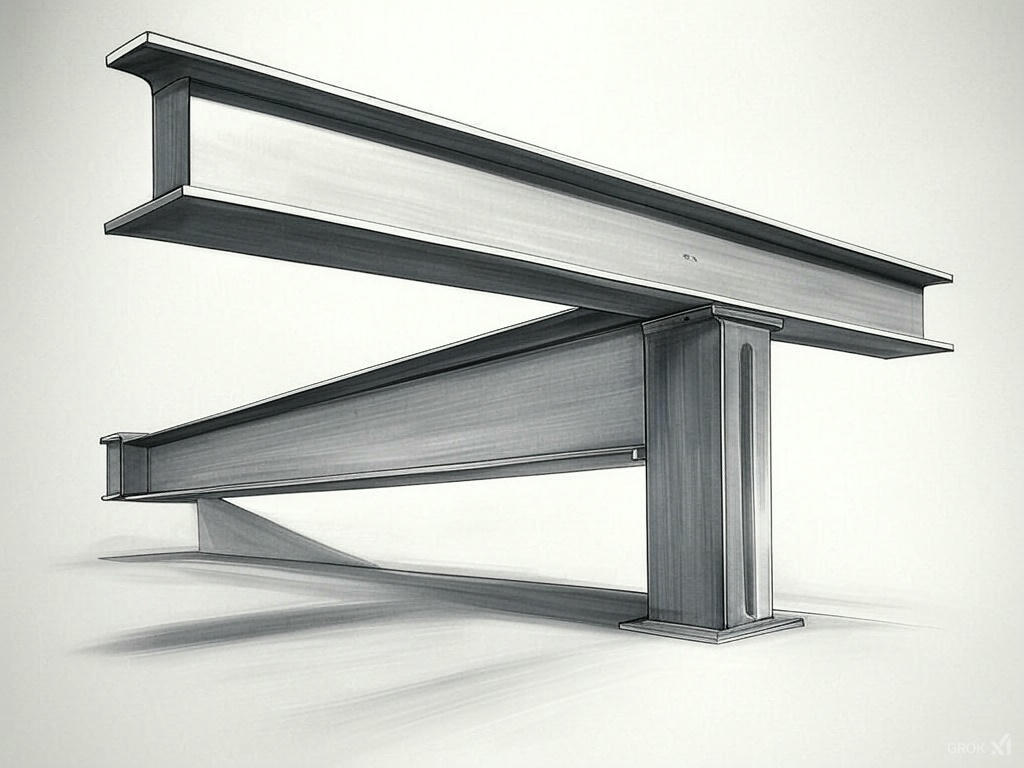Bending Moment
 Bending moment, abbreviated as \(M\), (Units: English \(\;lbf-in\;\) and Metric \(\;N-mm\)), is a term used in structural engineering to describe the internal force or moment that causes a beam, column, or other structural element to bend. When a structural element such as a beam is subjected to external loads, such as forces or moments, it undergoes deformation. The bending moment is the algebraic sum of the moments about a specific point along the length of the element.
Bending moment, abbreviated as \(M\), (Units: English \(\;lbf-in\;\) and Metric \(\;N-mm\)), is a term used in structural engineering to describe the internal force or moment that causes a beam, column, or other structural element to bend. When a structural element such as a beam is subjected to external loads, such as forces or moments, it undergoes deformation. The bending moment is the algebraic sum of the moments about a specific point along the length of the element.
- See Article - Beam Design Formulas
In simpler terms, when a beam is loaded, it experiences bending due to the applied forces. This bending moment is a measure of the internal distribution of forces within the beam, which determines its resistance to bending and deformation. The bending moment can vary along the length of the beam and is typically represented graphically by a bending moment diagram.
The bending moment is influenced by various factors, including the magnitude and location of the applied loads, the geometry and properties of the structural element, and the support conditions. It is an important consideration in structural analysis and design to ensure that the element can safely withstand the applied loads without excessive deformation or failure. Engineers use mathematical calculations and analysis techniques to determine the bending moment and design structures accordingly.

